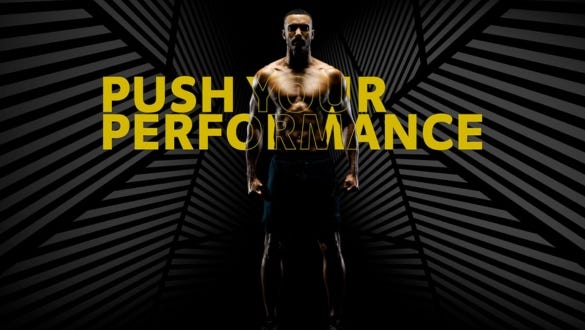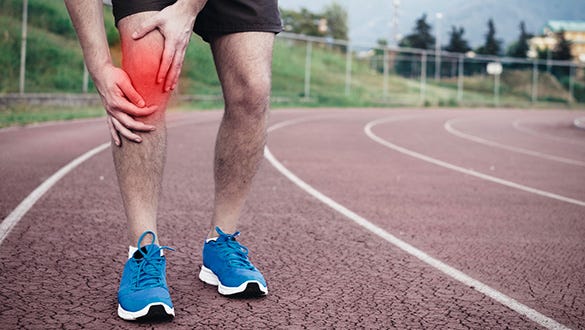- Free First Class Delivery
- Buyer Protection
- Secure Online Shopping
- Healthcare Professional? Click here
Cruciate ligament rupture (ACL & PCL)
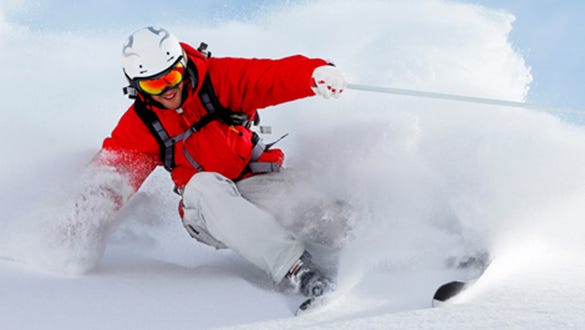

Categories
Knee injuries can occur during sports such as skiing, tennis, squash, football and rugby.
ACL injuries are one of the most common types of knee injuries, accounting for around 40% of all sports injuries.
Although the anterior cruciate ligament (ACL) is just as thick and strong as the posterior cruciate ligament, it is injured considerably more often. It may rupture entirely (complete cruciate ligament rupture) or individual fibres may be torn (partial cruciate ligament rupture).
The posterior cruciate ligament (PCL) is only injured by very traumatic events such as a car crash or similar accidents, however is becoming more commonly diagnosed with innovative diagnostic tools available.
In most cases, the knee twists inwards with the upper body bending backwards at the same time. The fibres very often tear where the ligament inserts into the thigh bone.
Common causes of an ACL/PCL injury include:
- landing incorrectly from a jump
- stopping suddenly
- changing direction suddenly
- having a collision, such as during a football tackle
Patients sometimes find the knee joint very painful and it usually swells up within the first few hours. Another sign is joint effusion and marked joint instability.
Treatment of cruciate ligament rupture
Once the acute pain has diminished, regular physiotherapy is usually prescribed. This improves the stability of the affected knee joint by strengthening muscles and training co-ordination.
- Electro-physiotherapy, ultrasound and ice packs can also be used for treatment, either uniquely or in combination. This improves perfusion and relieves pain.
- But the most important factor is life-long consistent muscle training to help the muscles take over the task of the torn cruciate ligament.
- Supportive knee braces are used, particularly during sports and after operations. These enable mobility to be regained step by step and relieve stresses on the knee joint by stabilizing it.
- If an operation is needed, cruciate ligament-plasty is usually performed. In this procedure, a piece of the body's own tendon is implanted in the knee as a replacement. After the operation, aftercare with physiotherapy and other methods, as described above, are essential.
Physiotherapy exercises as an add-on for treatment after injuries of the posterior cruciate ligament
Dear Patient,
medi would like to give you active support during your rehabilitation phase. With the series of exercises, you find on the following PDF, you can activate and strengthen your leg muscles. Just print out the PDF so you can do the exercises where and when you want.
We hope you will have fun and wish you every success!
One important note before you start: Please discuss the exercises with your doctor and therapist in advance.
Physiotherapy exercises Part I
Bend and strech the ankle joint
Bend and stretch the ankle joint: Exercises to activate the thigh muscle
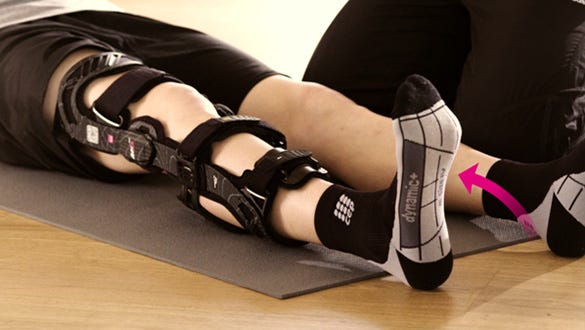

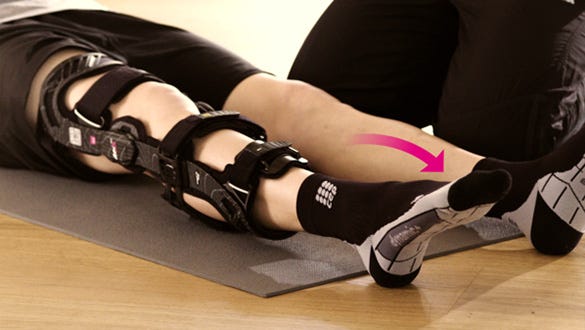

Dosing
- 15 repetitions of 3 cycles each
- 30 second break after each cycle
Please note:
- Perform the movements slowly
- Tense your thigh muscles
- This exercise can be done with both legs to prevent thrombosis
Move the kneecap
Move the kneecap: Exercise to mobilise the kneecap
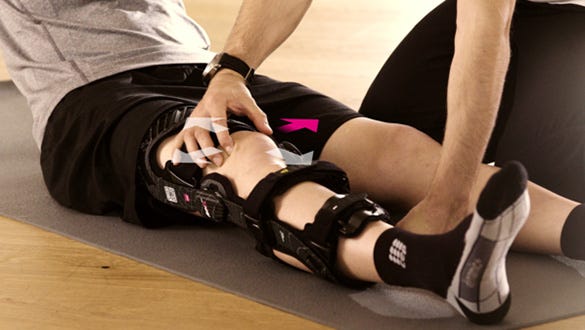

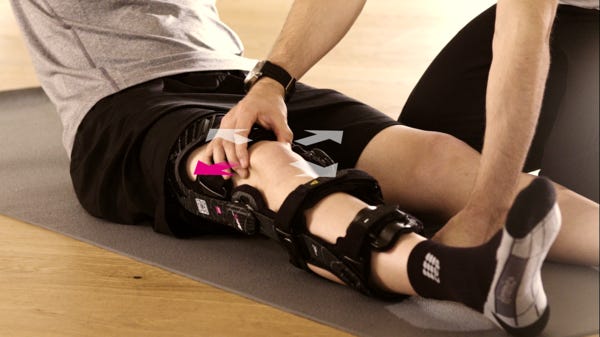

Please note:
- Move the kneecap to the left and right as well as up and down
- Perform the movements slowly
- Relax your thigh muscles
- Do each exercise for about one minute
- The exercise can be done several times a day
Lift leg while lying down
Lift leg while lying down: Exercise to strengthen the thigh muscles
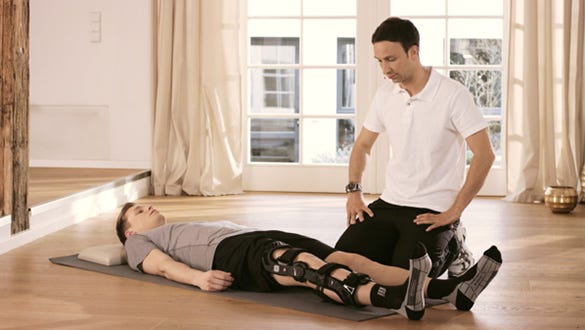

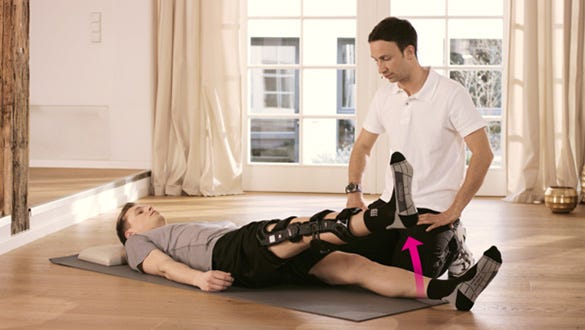

Dosing
- 10 repetitions of 3 cycles each
- 30 second break after each cycle
Please note:
- Lift your straight leg up about 20 inches
- Perform the movements slowly
- Pull your toes up towards you
Physiotherapy exercises Part II
Lift leg while lying on side
Lift leg while lying on side: Exercise to strengthen the buttock and thigh muscles
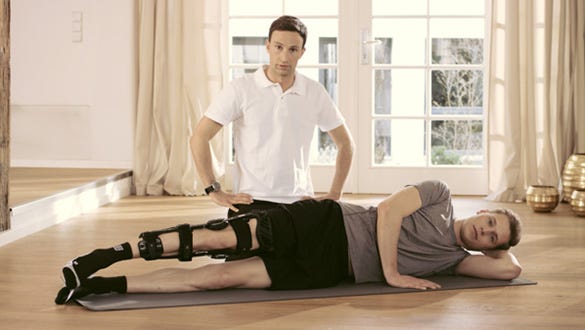

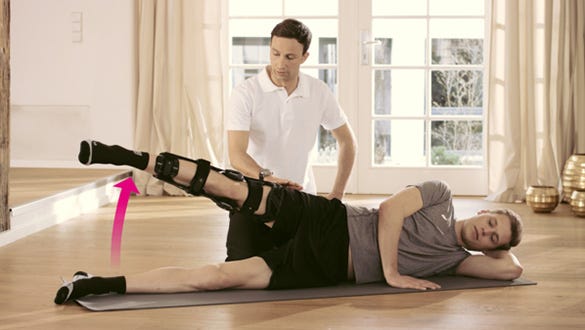

Dosing
- 15 repetitions of 3 cycles each
- 30 second break after each cycle
Please note:
- The injured leg is on top
- Keep the stretched leg in line with your body
- Perform the movements slowly
- Pull your toes up towards you
Lift leg while standing
Lift leg while standing: Exercise to strengthen the thigh and the hip flexor muscles
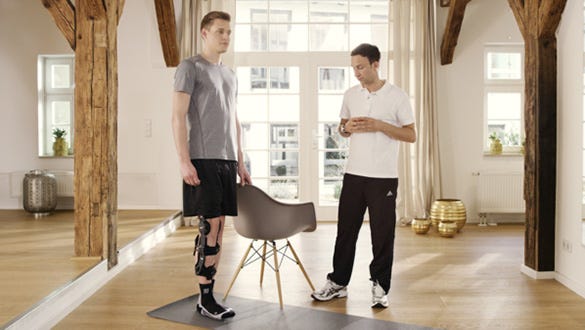

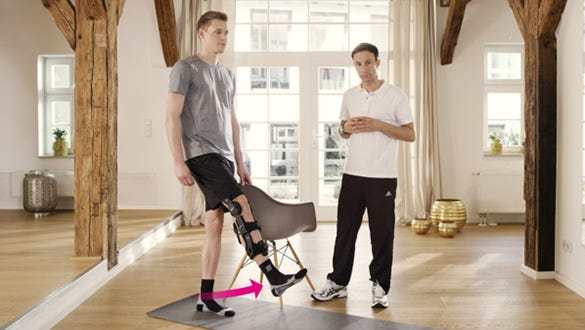

Dosing
- 15 repetitions of 3 cycles each
- 30 second break after each cycle
Please note:
- Keep your body upright
- Actively pull your toes upwards
- Perform the movements slowly
Lift leg sideaways while standing
Lift leg sideways while standing: Exercise to strengthen the buttock and thigh muscles
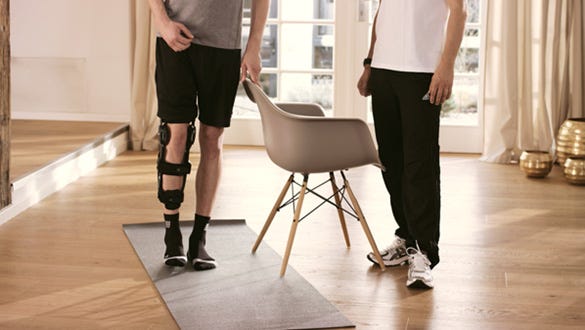

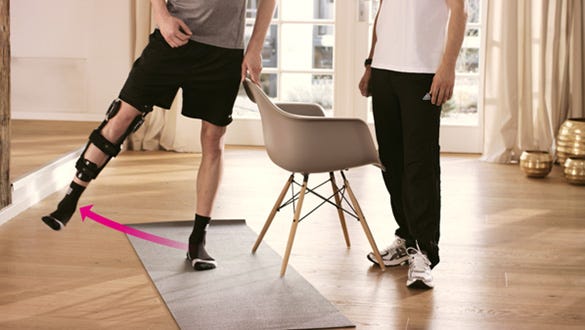

Dosing
- 15 repetitions of 3 cycles each
- 30 second break after each cycle
Please note:
- Keep your body upright
- Actively pull your toes upwards
- Perform the movements slowly
Download
You are very welcome to download our Physiotherapy exercises flyer here.

